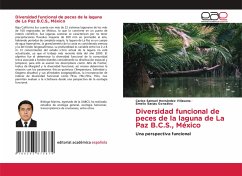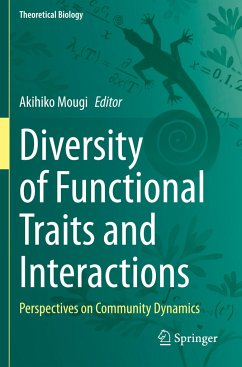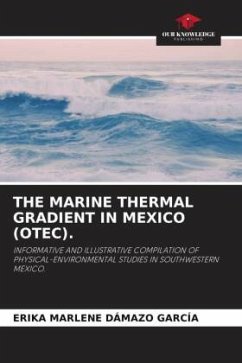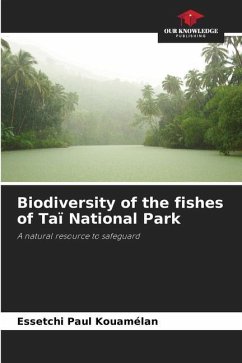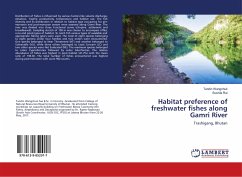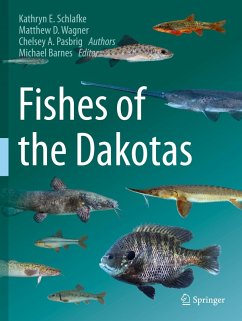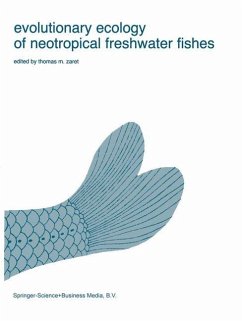
Functional diversity of fishes from La Paz lagoon, B.C.S., Mexico
A functional perspective
Versandkostenfrei!
Versandfertig in 6-10 Tagen
27,99 €
inkl. MwSt.

PAYBACK Punkte
14 °P sammeln!
Baja California Sur has more than 22 lagoon systems of the more than 100 registered in Mexico, which makes it a point of scientific interest. Its coastal lagoons are characterized by not having rainfall greater than 200 mm on average per year, having periods of complete drought, the lagoon of La Paz is a hypersaline body of water, the granulometry of the coast is considered sandy and muddy / silty bottom, its depth is variable between 2 to 8 m. The knowledge of the current fish status of the lagoon is not up to date, since the most recent work dates from 2000. The objective was to determine th...
Baja California Sur has more than 22 lagoon systems of the more than 100 registered in Mexico, which makes it a point of scientific interest. Its coastal lagoons are characterized by not having rainfall greater than 200 mm on average per year, having periods of complete drought, the lagoon of La Paz is a hypersaline body of water, the granulometry of the coast is considered sandy and muddy / silty bottom, its depth is variable between 2 to 8 m. The knowledge of the current fish status of the lagoon is not up to date, since the most recent work dates from 2000. The objective was to determine the functional diversity of the fish community associated with soft bottoms considering its spatial and temporal distribution, for this we used descriptors such as Fischer's Alpha, Margalef Index and functional diversity, and also determine the relationship with the physical-chemical parameters (temperature, salinity and dissolved oxygen) and their zoogeographic affinities, the incorporation of functional diversity indices such as FEve, FRic, FDiv, FDis, allow us to evaluate the ichthyofauna from a perspective of functional ecology.



